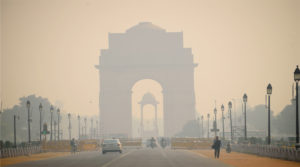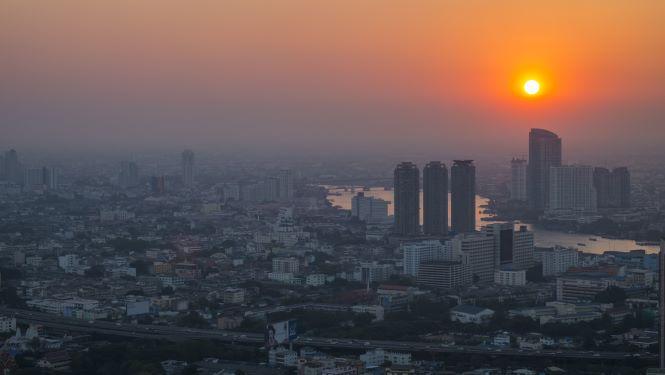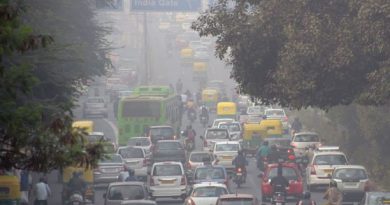Crop Stubble Burning is a $30B bill for India Every Year says IFPRI
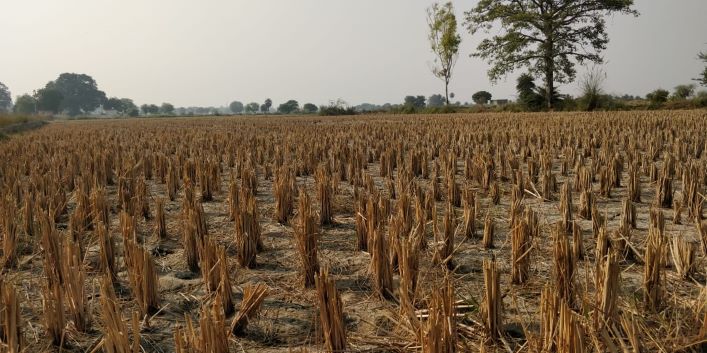
For the first time, an institution has worked out the health and economic costs of crop residue burning or CRB in northern India. India loses $30 billion annually due to crop residue burning in northern states, a study by the International Food Policy Research Institute suggests (IFPRI).
People living in the districts with air pollution from intense crop residue burning (CRB) is a leading risk factor for acute respiratory infection (ARI), especially among children less than five years, in northern India.
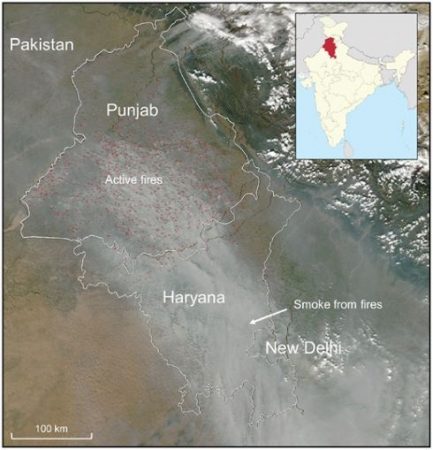
The study makes a special mention of the capital saying, “Delhi, India’s large capital city and home to 25 million residents, is experiencing a public-health emergency due to high levels of air pollution.” It attributes air pollution as the major cause of discomfort among the young and senile population of the NCR. It analyzed government actions and said, “The Indian government has demonstrated an interest in combatting air pollution and respiratory illness but so far has fallen short in addressing the air-quality crisis.”
The study, “Risk of acute respiratory infection from crop burning in India: estimating disease burden and economic welfare from satellite and national health survey data for 250,000 persons,” is co-authored by IFPRI’s Samuel Scott and Avinash Kishore; CGIAR Research Program on Agriculture for Nutrition and Health’s Devesh Roy; University of Washington’s Suman Chakrabarti; and Oklahoma State University’s Md. Tajuddin Khan.
“Poor air quality is a recognized global public health epidemic, with levels of airborne particulate matter in Delhi spiking to 20 times the World Health Organization’s safety threshold during certain days. Among other factors, smoke from the burning of agricultural crop residue by farmers in Haryana and Punjab especially contributes to Delhi’s poor air, increasing the risk of ARI three-fold for those living in districts with intense crop burning,” said IFPRI Research Fellow and co-author of the study, Samuel Scott. The study also estimated the economic cost of exposure to air pollution from crop residue burning at $30 billion or nearly Rs. 2 lakh crore annually for the three north Indian states of Punjab, Haryana and Delhi. Losses may rise more than six-fold to $190 billion (1.7% of India’s GDP) in the next five years, the study’s authors say. Nine of the world’s 10 most polluted cities are in India, the World Health Organisation estimates.
“Crop burning will add to pollution and increase healthcare costs over time if immediate steps are not taken to reverse the situation. The negative health effects of crop burning will also lower the productivity of residents and may lead to long-term adverse impacts on the economy and health,” said Suman Chakrabarti.
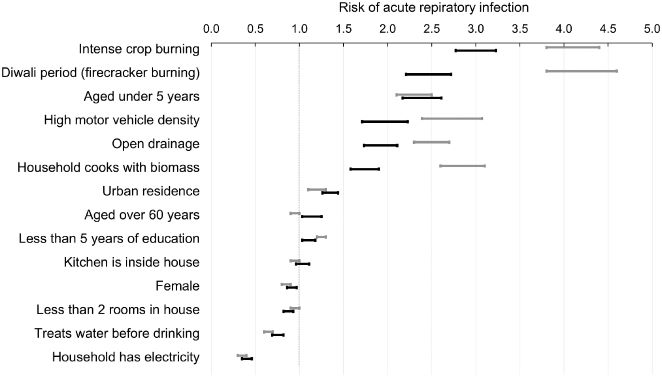
Even though air pollution has been linked to numerous health outcomes, and respiratory infections are a leading cause of death and disease in developing countries, none of the existing studies have directly linked crop burning to ARI.
“Our study shows that it is not only the residents of Delhi, but also the women, children and men of rural Haryana who are the first victims of crop residue burning. Much of the public discussion on ill-effects of crop residue burning ignores this immediately affected vulnerable population,” said Kishore. “Programs and policies must simultaneously address indoor and outdoor pollution through a possible combination of bans and agricultural subsidies. Other important interventions for improving respiratory health are increasing household access to clean cooking fuels, electricity, and improved drainage systems,” Kishore added.
Crop burning which in India was concentrated in northwest India has spread to other regions of the country in the past decade even as the new crop harvesting technology is adopted. Farmers try to maximize their yields by planting the next crop as soon as possible after the previous crop has been harvested (generally wheat after rice). To quickly clear the field for the next crop, they burn the leftover stubble. This study suggests that targeted government initiatives to improve crop disposal practices are worthy investments.
The study comes at a time when India has again let down its citizens, with 22 of the world’s top 30 most polluted cities in the country. The study has been shared by IQAir Visual and Greenpeace. In the top 5, Faisalabad in Pakistan is the only city breaking the Indian ‘hold’ over the most polluted rankings. The top 10 accordingly has seven Indian cities. Gurugram led the list, followed by Noida, Bhiwadi, Faridabad in the top 5. In short, the whole NCR region is a gas chamber, with horrific long term consequences from its high PM2.5 levels. PM2.5 was measured as these are the smaller pollutants which can enter the lungs and blood stream eventually.
Picture Credit: Sneha Verma

